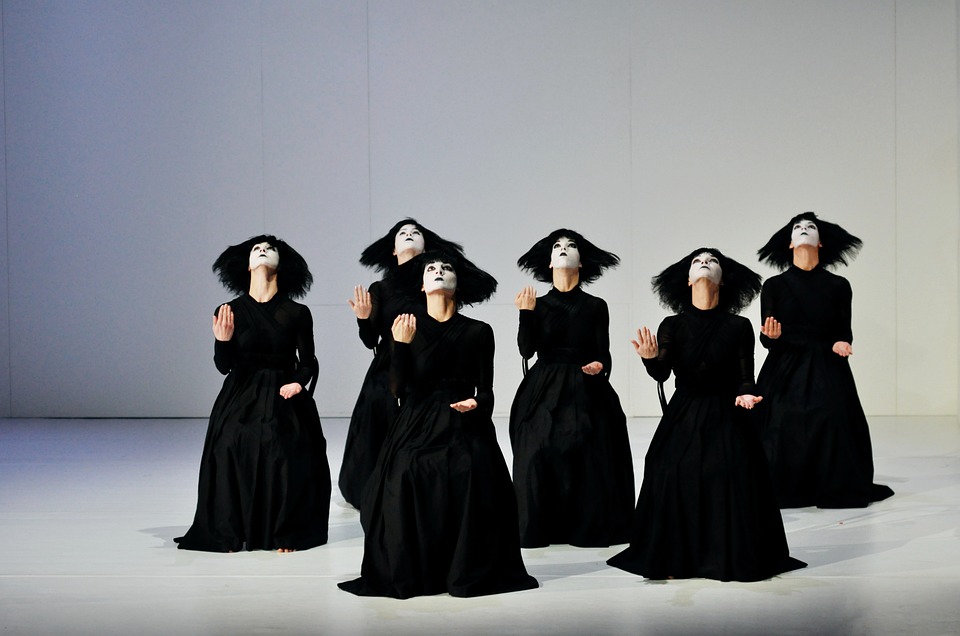Lights, Camera, Action! Delving into the Art of Theatre Production
Introduction
The world of theatre production is a mesmerizing one, where creativity collides with technical expertise to create a truly magical experience for the audience. From the grandeur of Broadway to the intimacy of community theaters, the art of theatre production encompasses various elements working harmoniously to transport spectators into another realm. Amongst these elements, lights, camera, and action play a vital role in bringing a script to life. In this article, we will delve deep into the intricacies of theatre production, exploring the nuances of lighting design, the challenges of capturing live performances on camera, and the essential role of action in theatrical storytelling.
I. The Power of Lights: Lighting Design in Theatre Production
1. Lighting as a Narrative Tool
In the world of theatre, lighting design plays a pivotal role in conveying emotions, setting the mood, and guiding the audience’s attention. Through the skillful manipulation of light, lighting designers can create powerful visual metaphors. Whether it’s a soft spotlight highlighting a character’s inner turmoil or a vibrant wash of color symbolizing a change in time or place, lights have the ability to evoke emotions and enhance storytelling.
2. Technical Aspects of Lighting Design
Behind the scenes, the technical execution of lighting design involves a complex interplay of equipment, such as Fresnel and spotlight fixtures, gels, gobos, and lighting control consoles. Lighting designers work closely with directors, set designers, and choreographers to craft the perfect visual atmosphere. They meticulously plan cues, intensities, and movements of each lighting element to seamlessly integrate with the production’s overall concept.
3. The Evolving Role of Technology
Advancements in lighting technology have revolutionized the field of theatre production. LED lights now offer limitless color options, energy efficiency, and versatile designs. Automated lighting fixtures allow for precise control of movement, focus, and intensity. These technological advances have expanded the creative possibilities for lighting designers, enabling them to paint breathtaking scenes with light.
II. Capturing the Moment: Camera Work in Theatre Production
1. Challenges of Filming Live Performances
Filming a live theatrical performance presents unique challenges to overcome. Unlike in film or television, there are no second takes, no editing out mistakes. Capturing the essence of a live performance requires skilled camera operators who can anticipate the action, adjust focus and framing on the fly, and capture the energy and chemistry between the actors in real-time.
2. Balancing Proximity and Immersion
The challenge for camera operators is to strike a balance between showing the audience the bigger picture and immersing them in the smaller, intimate moments on stage. Wide shots can showcase the grandness of a set or choreography, while close-ups offer a glimpse into the actors’ emotions and facial expressions. The delicate dance between the two perspectives, combined with a well-chosen mix of camera angles, results in a captivating visual experience for viewers at home.
3. Collaborative Efforts
Filming live theatre productions requires a collaborative effort amongst the filmmaker, director, lighting designer, and sound team. Adjusting lighting and sound design to accommodate cameras, finding the best camera positions, rehearsal coordination, and capturing audio with minimum interference all demand meticulous planning and seamless execution. The end product should be a faithful representation of the live experience while embracing the possibilities that filming can offer.
III. Action! Bringing Theatrical Stories to Life
1. The Essence of Action in Theatre
Action is at the core of theatrical storytelling, and the actors’ performances are the driving force behind bringing characters to life. Actions encompass physical movements, gestures, exchanges, and reactions. Theatre productions rely on the actors’ ability to create believable and nuanced performances that engage the audience’s emotions and immerse them in the narrative.
2. Choreography and Staging
Choreography and staging are essential components of action in theatre production. Choreographers work closely with directors and actors to develop coordinated movements, dances, and fight scenes. The movement of actors on stage, whether a simple walk or a complex dance number, must be carefully blocked and rehearsed to ensure smooth transitions and impactful visual storytelling.
3. The Role of Action in Story Development
Through action, characters reveal their desires, conflicts, and growth. Images are created and emotions awakened through the interplay of the script and the actions performed on stage. The arc of a character’s development becomes tangible through the physicality of their movements. Action not only entertains but also serves as a vehicle for exploring complex themes, conveying social commentary, and provoking introspection.
Conclusion
Lights, camera, action – the trio that breathes life into the world of theatre production. The delicate interplay between lighting design, camera work, and action is what crafts an unforgettable experience for both live and remote audiences. Each element, meticulously planned and executed, contributes to the magic of the theatre. As technology advances, new possibilities emerge, opening up endless artistic avenues. But at its core, the art of theatre production will always rely on the creativity, dedication, and passion of those involved, aiming to create moments of pure enchantment on stage. So, the next time you find yourself in a theatre, remember the intricate dance of lights, the careful capture of performance on camera, and the power of action that awaits you.

